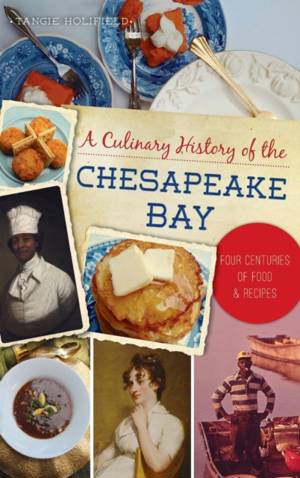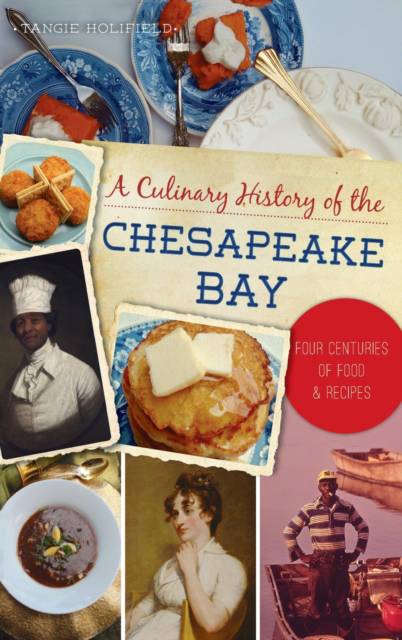
- Afhalen na 1 uur in een winkel met voorraad
- Gratis thuislevering in België vanaf € 30
- Ruim aanbod met 7 miljoen producten
- Afhalen na 1 uur in een winkel met voorraad
- Gratis thuislevering in België vanaf € 30
- Ruim aanbod met 7 miljoen producten
Zoeken
€ 39,45
+ 78 punten
Omschrijving
The four hundred years since colonization have brought European, African and Asian techniques, ingredients and tastes to the Chesapeake Bay. European colonists and Africans both enslaved and free were influenced by indigenous ingredients and Native American cooking and created uniquely New World foods. The nineteenth century saw the development of industries based on the bounty of the Bay and the rising popularity of oysters, blue crab and turtle soup throughout the greater Mid-Atlantic. Waves of immigrants brought their own cuisines to the mix, and colcannon, brisket, sauerkraut and fish peppers are now found on Chesapeake tables. Local author, scientist and blogger Tangie Holifield weaves together the unique food traditions of the Bay, telling the stories of each culture that has contributed to its bounty.
Specificaties
Betrokkenen
- Auteur(s):
- Uitgeverij:
Inhoud
- Aantal bladzijden:
- 226
- Taal:
- Engels
- Reeks:
Eigenschappen
- Productcode (EAN):
- 9781540249968
- Verschijningsdatum:
- 4/10/2021
- Uitvoering:
- Hardcover
- Formaat:
- Genaaid
- Afmetingen:
- 152 mm x 229 mm
- Gewicht:
- 471 g

Alleen bij Standaard Boekhandel
+ 78 punten op je klantenkaart van Standaard Boekhandel
Beoordelingen
We publiceren alleen reviews die voldoen aan de voorwaarden voor reviews. Bekijk onze voorwaarden voor reviews.











